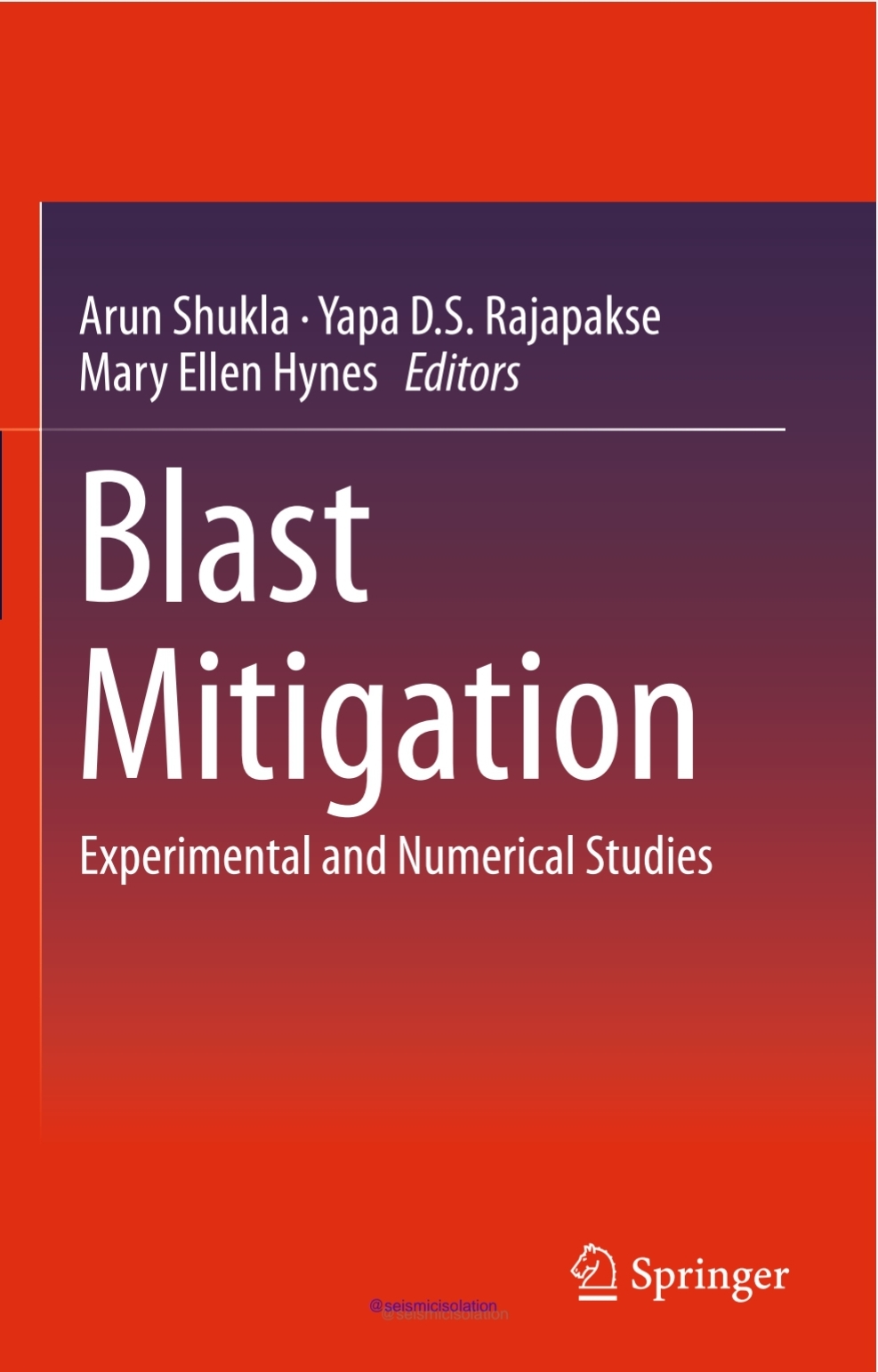Blast Mitigation
The aim of this book is to present a collected source of recent knowledge to graduate students and researchers working in the fi eld of blast loadings and their effect on material and structural failure. This book covers experimental, numerical, and
analytical aspects of material and structural response to dynamic blast loads and their mitigation.
Since dynamic blast loading problems are challenging, there is a paucity of mechanics- and physics-based solutions to mitigate the effect of these loadings on structures. The nation has a large, intricate, varied, yet vulnerable infrastructure system that is in turn composed of several smaller systems.
The requirements to protect such a complex system and its components from a threat, including an explosive threat, can be examined in terms of systematic resiliency . Resiliency here is defi ned as the ability of a threatened system to prevent, sustain, and recover functionality in time, preferably very rapidly, after successful execution of the threat.
Thus, a more resilient infrastructure is better able to recover from both natural and man-made disasters, is less susceptible to disruption, and is, ultimately, less attractive to attack. The material improvements for mitigation should be optimized across as wide a range of threat and vulnerability confi gurations as possible to improve a structural system’s overall resiliency.
DOWNLOAD :- HERE
